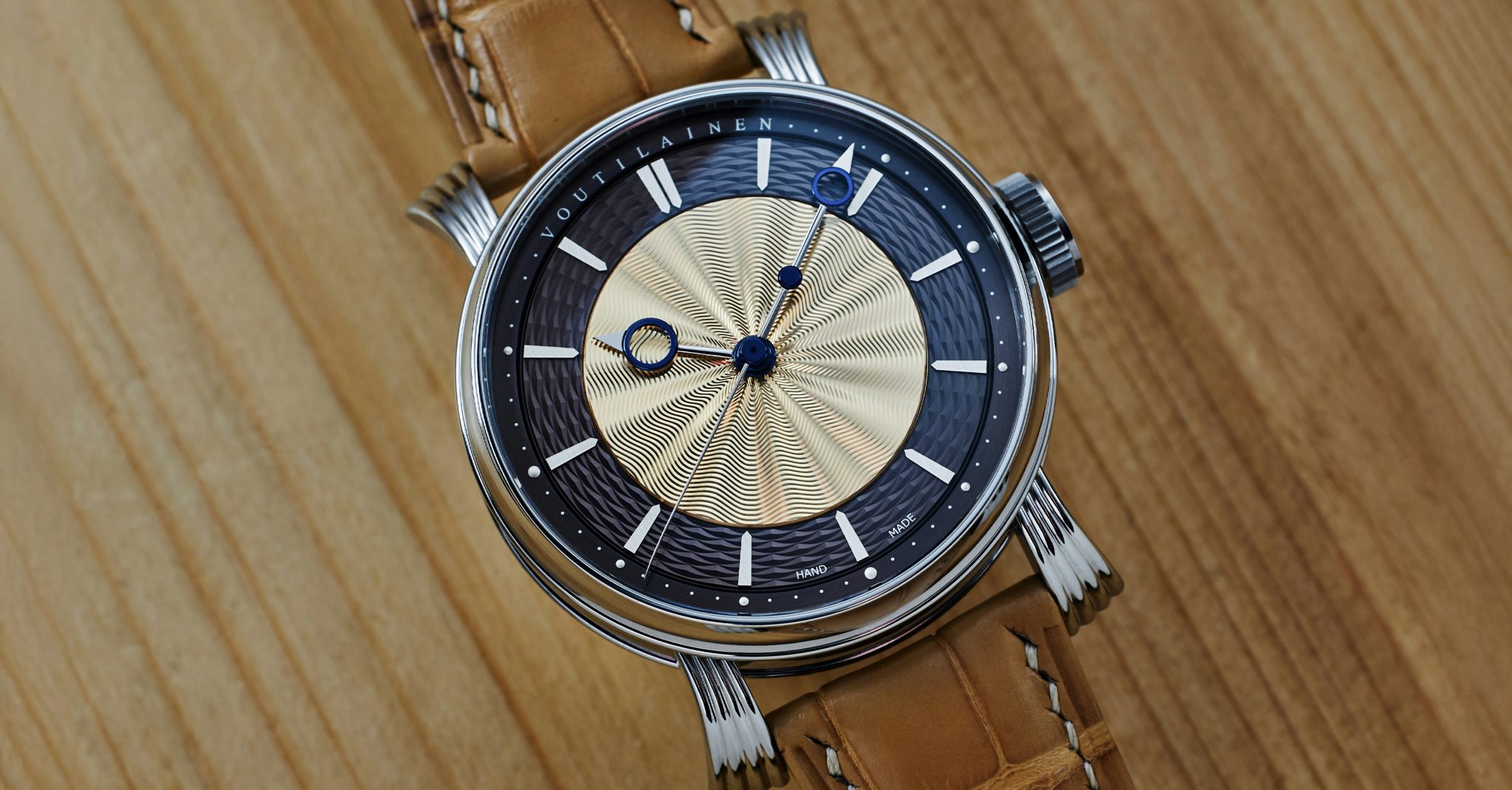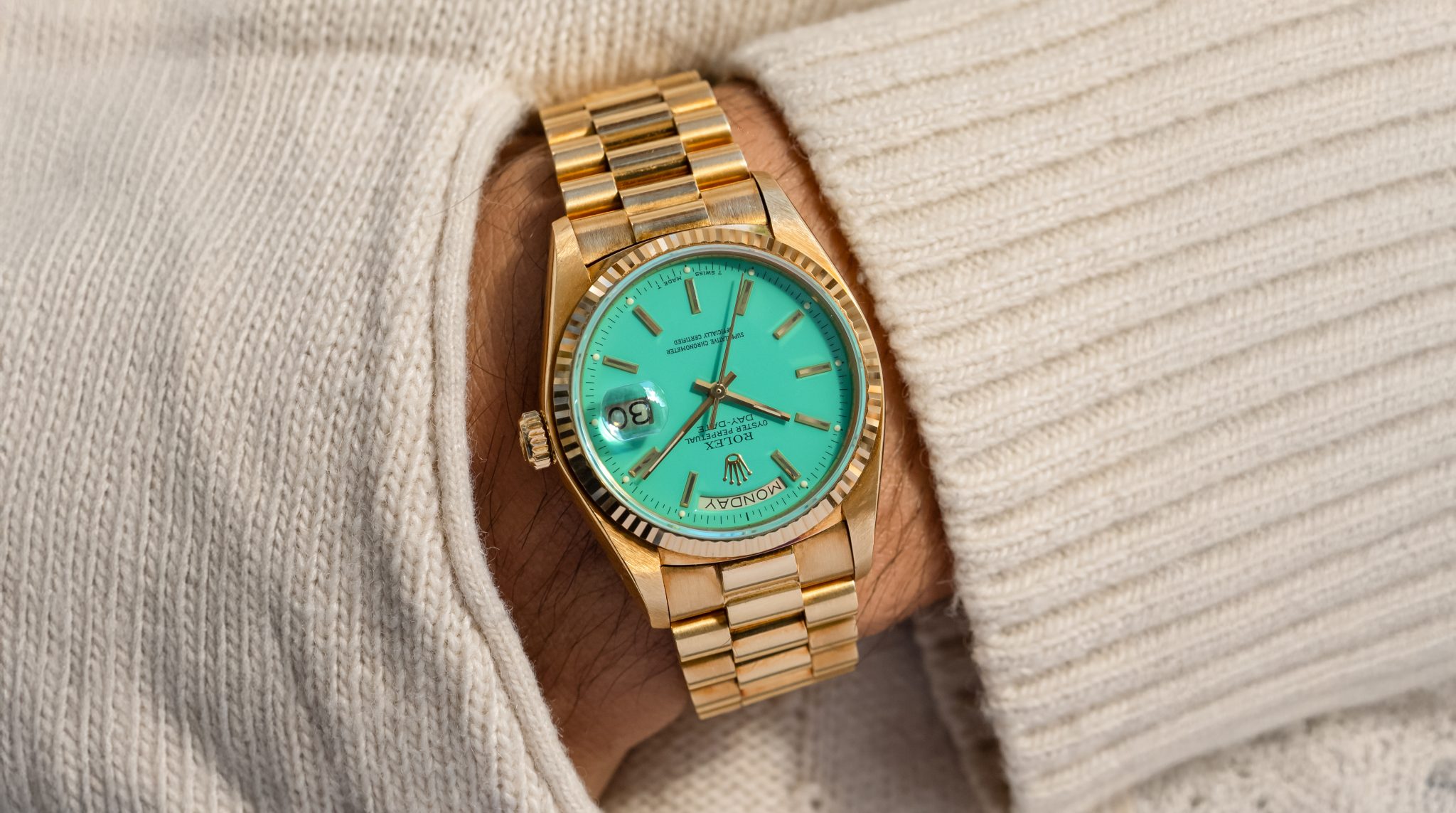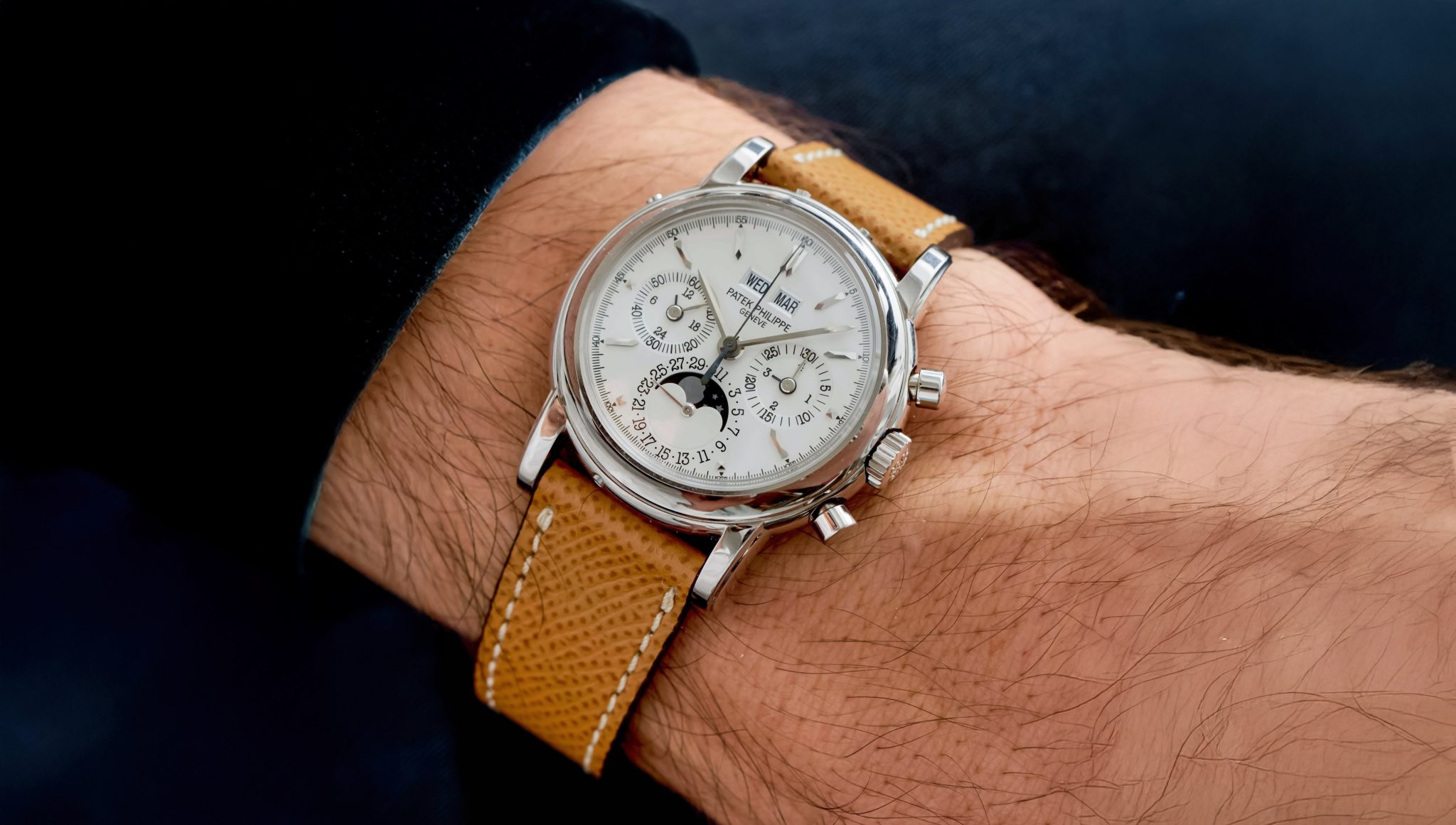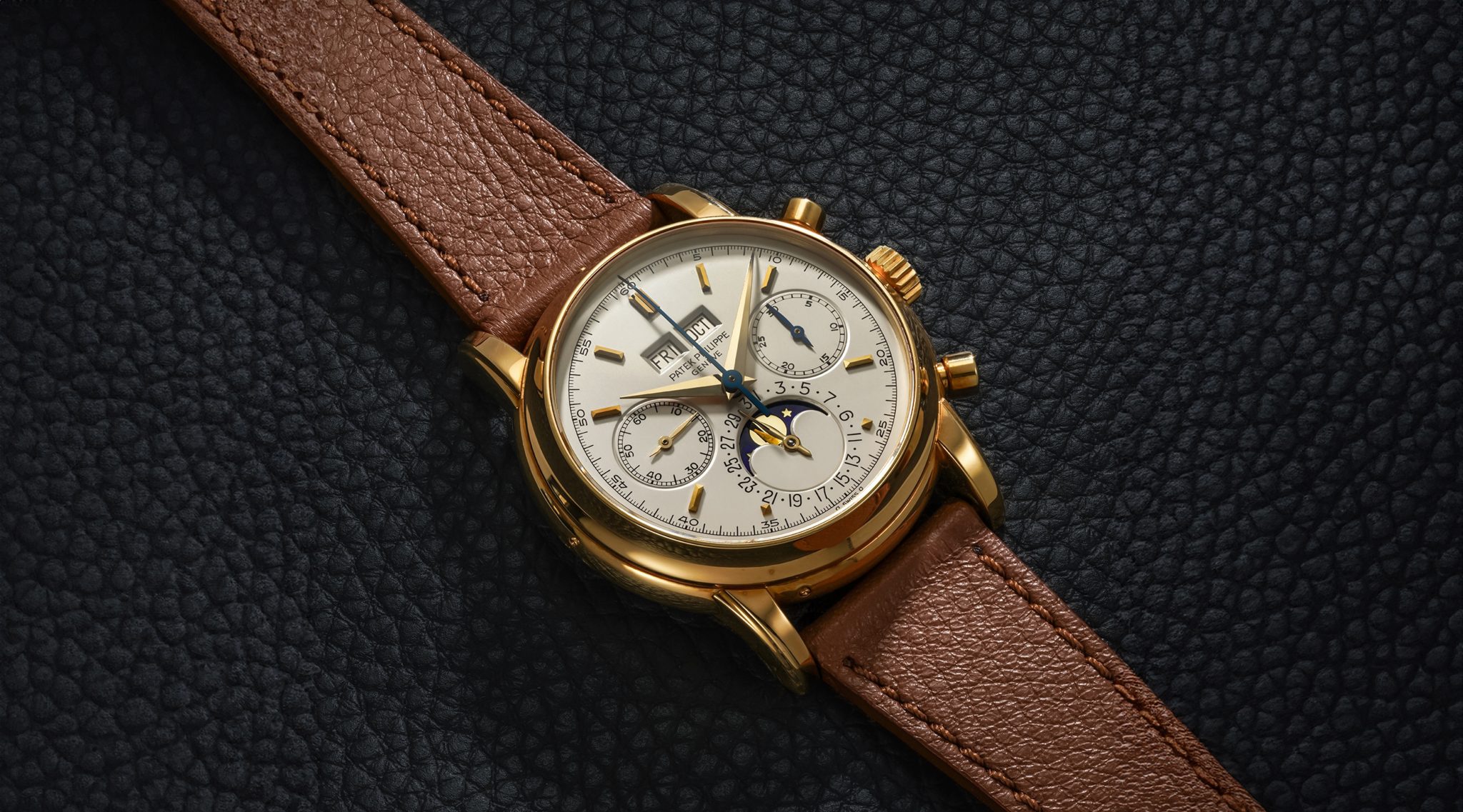
135.004-63 Omega Railmaster
Of the original Omega trilogy, it’s always the 2914 that’s the odd man out. It may not have the sexy car racing and moon landing image of the Speedmaster or the diving practicality and Royal Navy pedigree the Seamaster offers, but it’s every bit the watch those other two are. And anti-magnetism is arguably an even more usable complication in modern life with iPhones, airport scanners, and those incredibly strong little magnet toys that my nephew always seems determined to attach around my ear lobe until I reach threshold pain. The anti-magnetic offering is always overlooked, particularly considering this was a worthy competitor to the 6541 in period, which is now trading hands at house money. I was on Fog City’s podcast recently and when asked about strong value props in the market today the Railmaster came immediately to mind. But this isn’t a 2914. It’s what came just after, when Omega updated their reference system in 1963. With its cherry on top full set (yes, really), this particular example is one of the craziest values in vintage today.
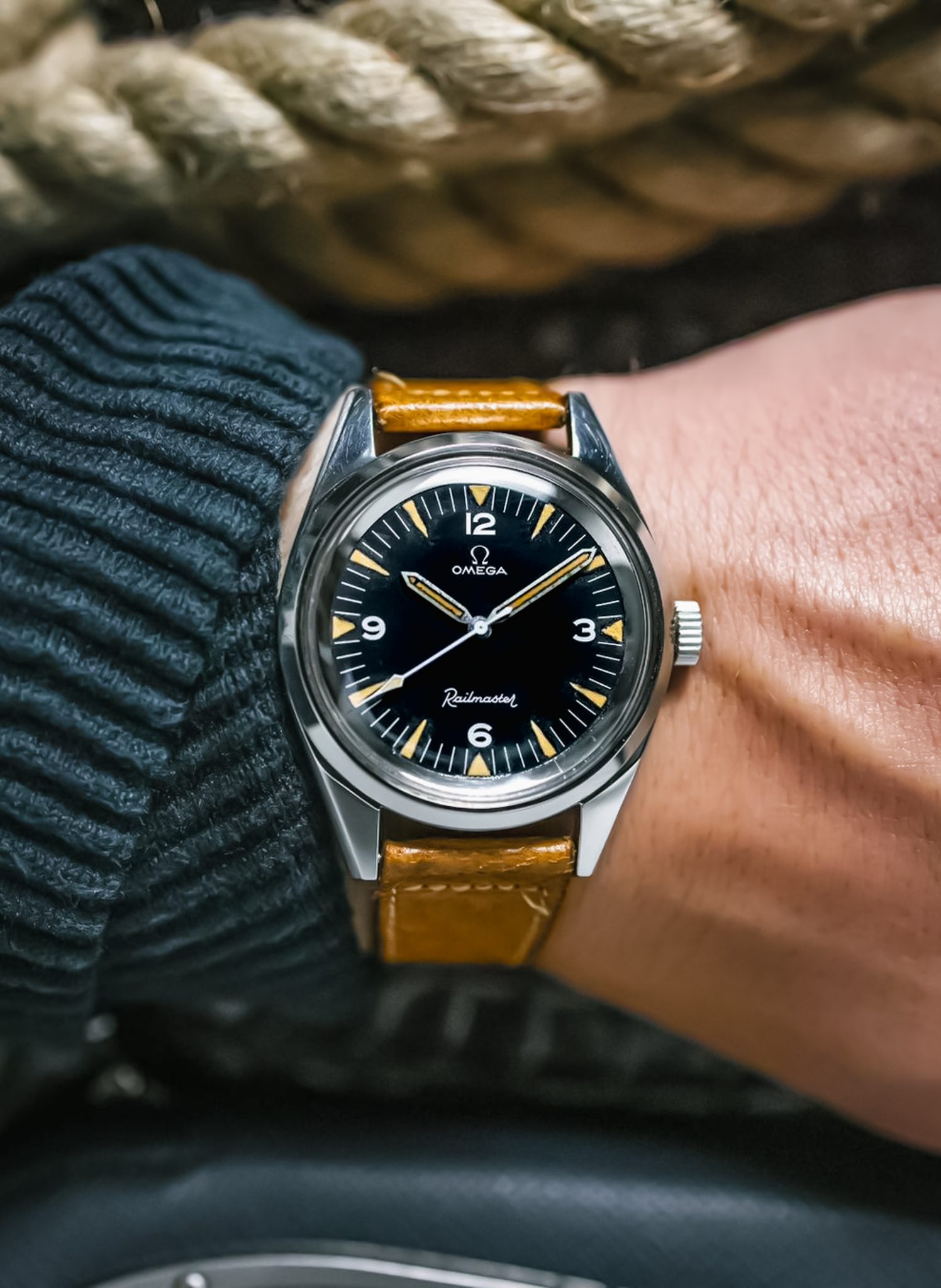
I truly believe the Railmaster to be one of Omega’s greatest, accomplishing 1000-Gauss resistance well before the Milgauss. Due to its unpopularity in period, this is the rarest (by volume) of the initial trilogy and perhaps the most understated ‘sport’ Omega ever. The Railmaster was intended to resist magnetic fields, for use by railroad workers and scientists. Magnetic fields can create sizable inaccuracy in watches by magnetizing the hairspring and causing it to stick to itself. In period railroad operation, it was (as you can imagine) hugely important to have an accurate watch in order to avoid being on the wrong section or intersection of track at an inopportune moment. Likewise, scientists were ramping up the space race and keeping the cold war on ice, all of which meant magnetic resistance was a real need. The Railmaster solved this problem with a soft inner iron Faraday cage and dust shield which enveloped the manually-wound calibre 284. The Staybrite steel case was constructed by Huguenin Frères and despite its onion-like layering remained 38mm. Interestingly, the dial is also 1mm thick, as opposed to the usual .4mm, in an effort to shield the face from magnetism.
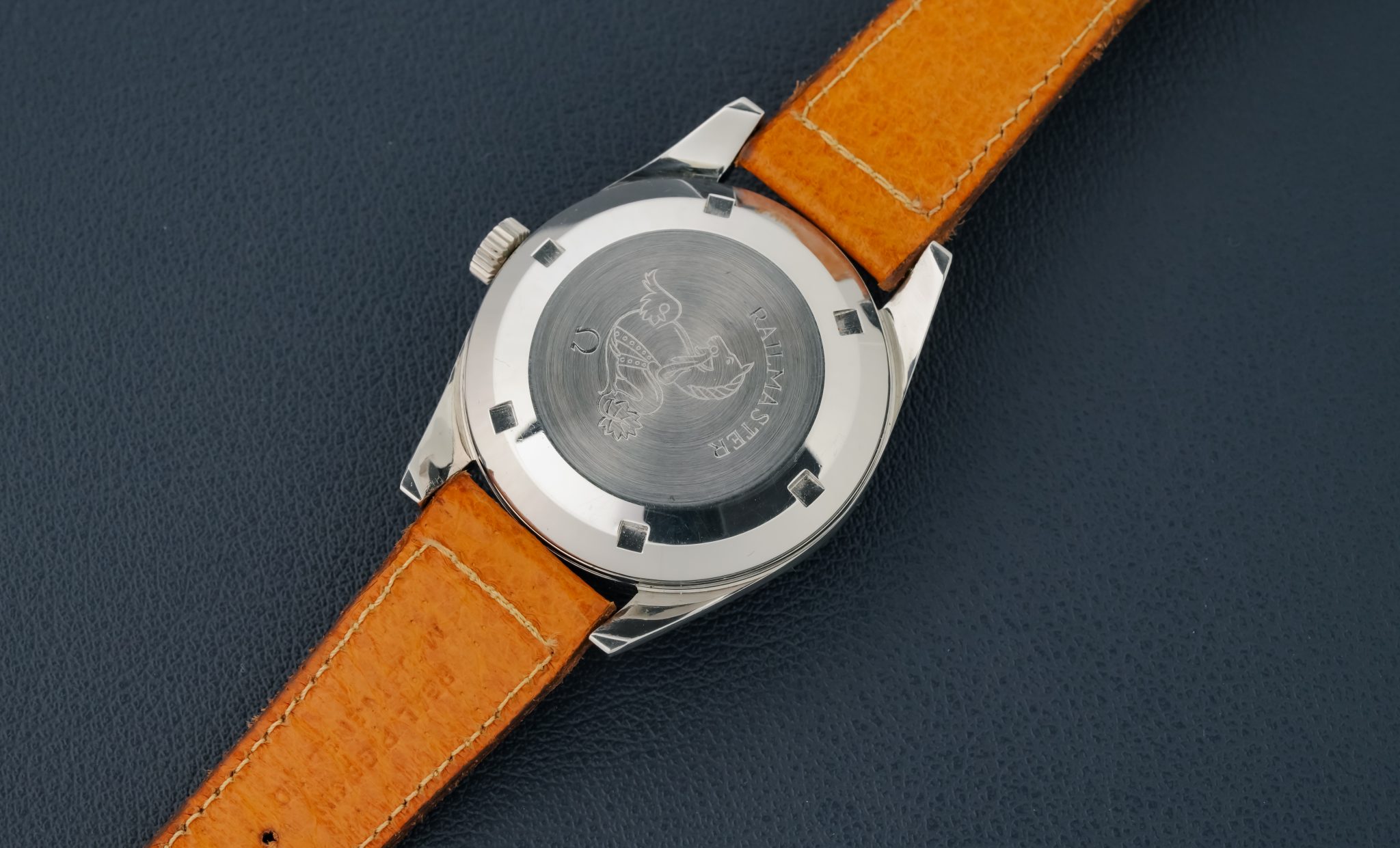
Because everyone knows the 2914, everyone searches for it. The 135.004 is the same watch, just with a different name. Because it’s less known and not the first, it’s less searched for and, as a result, generally a little less expensive. 135.004 was first stamped in 1963 and production stopped in 1963 except for a run for the PAF in ’64. Effectively, it’s a one-year production. The early Railmaster is doubly tricky, including 2914s, as there are multiple hands and dial iterations that are all correct. Some specific batches were even ordered with Seamaster dials. It’s a complicated, technically advanced, hugely accomplished original sport Omega that you have to research to buy. And it’s less than 20K. I think that’s all I have to say.

This example is in strong overall condition. The case is full but has seen a light polish, more common than not. The good thing is these lugs were never beveled or razor sharp to begin with so its a lot less of a huge deal on these cases. The dial is great with tritium lume aged to a golden tan. A small section has fallen in the hour hand. Interestingly, while the vast majority of these were radium dials toward the end of the line, there were some dials with tritium. A long discussion on this matter can be found here. This example comes, very impressively, with a true full set from era. That’s almost unheard of. It’s being offered from a well-regarded Miami retailer.





